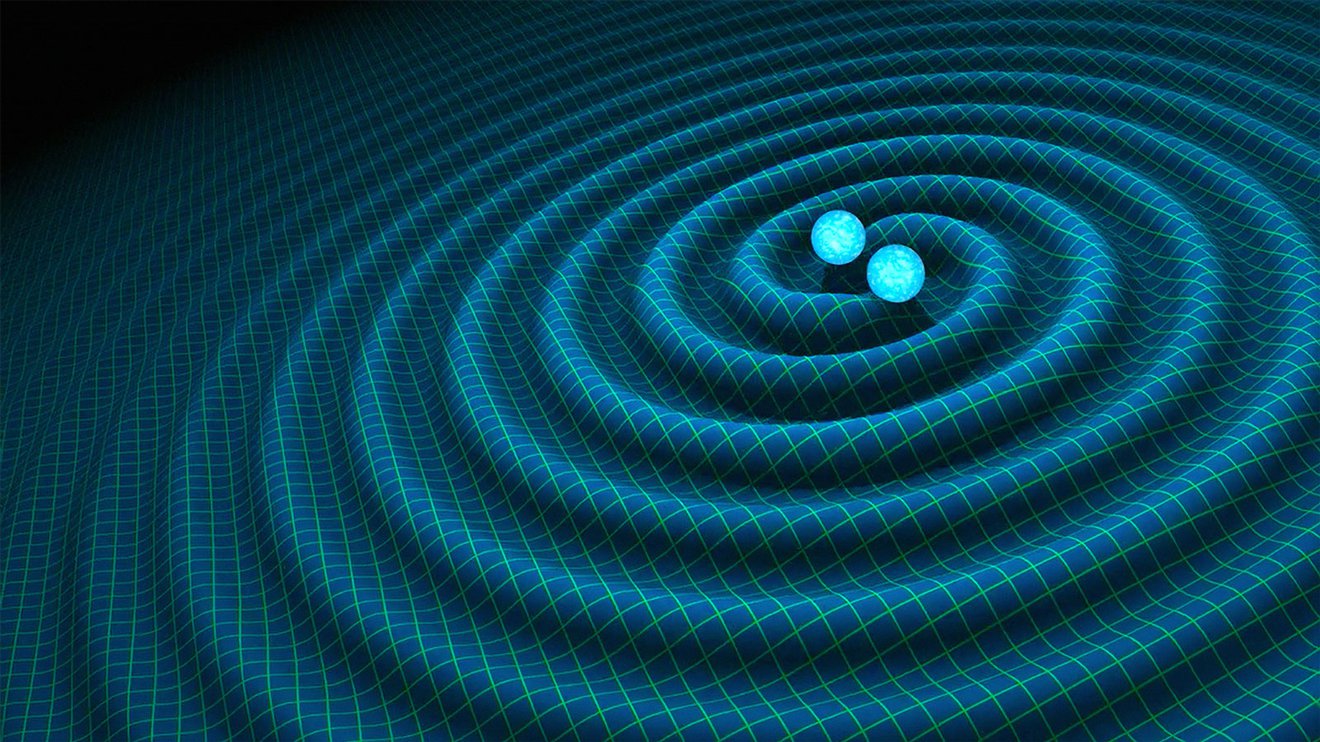What is Relativity?
Einstein’s theory of relativity is like discovering that everything you thought you knew about the world is only part of the story. It’s actually two theories that work together to explain how our universe really works.
Think of it this way: before Einstein, we thought space was like an empty box and time was like a steady clock ticking the same for everyone. Einstein showed us that space and time are more like a stretchy fabric that can bend and change. See space-time
Part 1: Special Relativity (1905)
The Big Discovery: Light’s Special Speed
Einstein discovered something amazing about light: it always travels at the same speed no matter what. This sounds simple, but it changes everything.
Here’s an example: If you’re on a moving train and throw a ball forward, someone standing on the platform sees the ball moving faster (your throwing speed + train speed). But if you shine a flashlight from that same train, both you and the person on the platform measure light at exactly the same speed. This is impossible according to everyday logic, but it’s true.
What This Means: Time Can Slow Down
Because light speed never changes, something else has to change instead: time itself.
The Twin Example: Imagine identical twins. One stays on Earth, the other travels to space at nearly the speed of light. When the space twin returns after 1 year of travel, their Earth twin has aged 10 years. The traveling twin literally experienced time more slowly.
This isn’t make-believe. It happens in real life, just with tiny differences we can barely measure.
Energy and Matter Are Connected
Einstein’s most famous equation is E=mc². This tells us that matter and energy are the same thing in different forms.
What it means: A tiny bit of matter contains enormous energy. This is why the sun shines (it turns a small amount of matter into massive energy) and why nuclear power works.
Part 2: General Relativity (1915)
Einstein’s Great Insight: Gravity Isn’t a Force
Here’s Einstein’s breakthrough: gravity doesn’t pull objects toward each other. Instead, heavy objects bend space and time, and other objects roll along these curves.
The Bowling Ball Example: Imagine a stretched rubber sheet. Place a heavy bowling ball in the middle—it creates a dip. Now roll marbles near it. They don’t get “pulled” toward the bowling ball; they just follow the curved surface. That’s how gravity works in space.
Massive Objects Bend Time Too
Heavy objects don’t just bend space—they slow down time nearby.
Real Example: Clocks run slightly slower at the bottom of a tall building than at the top because Earth’s gravity is stronger down there. The difference is tiny, but scientists can measure it.
Ripples in Space: Gravitational Waves
When very heavy objects move around each other quickly (like two black holes spinning together), they create ripples in space itself. These ripples travel across the universe like waves in water.
In 2015, scientists detected these waves for the first time, proving Einstein was right about something he thought we’d never be able to measure.
How Relativity Affects Your Daily Life
You might think relativity only matters for rocket ships and black holes, but it’s part of your everyday world:
GPS Navigation: The satellites that help your phone find directions are moving fast and experience weaker gravity than you do. Without accounting for relativity, GPS would be off by several miles. See time dilation
Hospital Scans: PET scans in hospitals work because of Einstein’s E=mc² equation, turning tiny amounts of matter into energy we can detect.
Electricity: The magnetic forces that power electric motors happen because of special relativity effects.
Why This Matters
Our Universe is Stranger Than It Seems
Relativity teaches us that the universe doesn’t work the way our everyday experience suggests. Space can stretch, time can slow down, and gravity isn’t what we thought it was.
We Can Understand the Impossible
Even though relativity seems impossible, humans figured it out using math and careful experiments. This shows we can understand even the strangest parts of our universe.
It’s Still Teaching Us New Things
Einstein’s theories predicted black holes, the expanding universe, and gravitational waves decades before we could observe them. Scientists are still using relativity to make new discoveries about space, time, and reality itself.
Key Takeaways
- Light speed is constant – This simple fact leads to all of relativity’s strange effects
- Time is flexible – It can speed up or slow down depending on how fast you’re moving or how strong gravity is
- Space and time are connected – They form a single “fabric” that can bend and stretch
- Gravity is geometry – Heavy objects curve space and time, not pull on other objects
- Matter and energy are the same – They can transform into each other (E=mc²)
Final Thought
Einstein once said the most amazing thing about the universe is that we can understand it at all. His theory of relativity proves this point—by using careful thinking and experiments, humans discovered truths about reality that go far beyond what our senses can directly experience.
Understanding relativity doesn’t just teach us about physics. It teaches us that reality is far more interesting and beautiful than it first appears, and that human curiosity and intelligence can unlock even the universe‘s deepest secrets.


